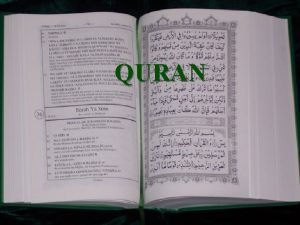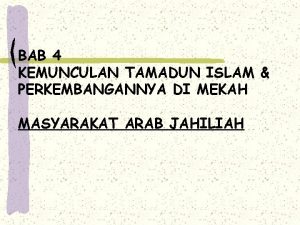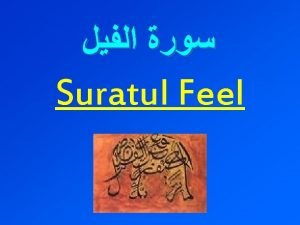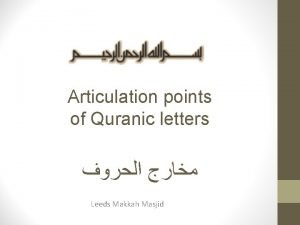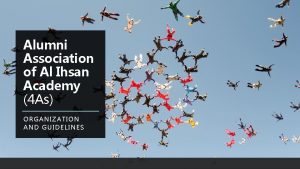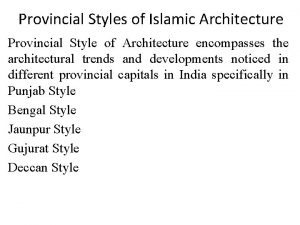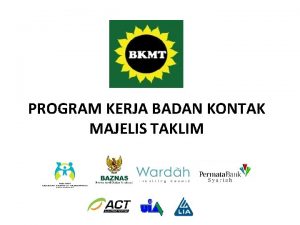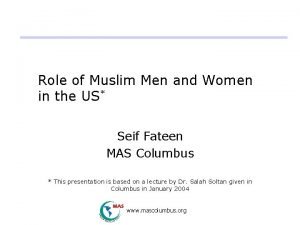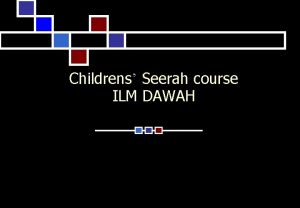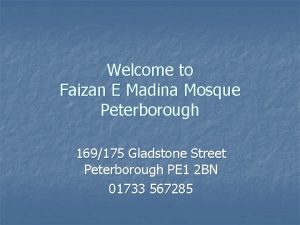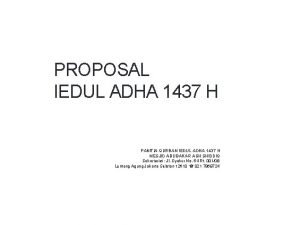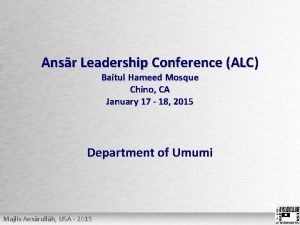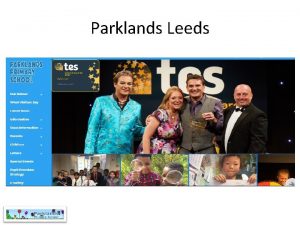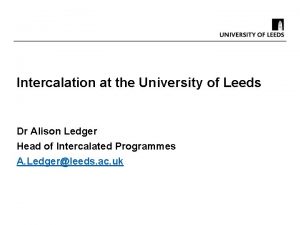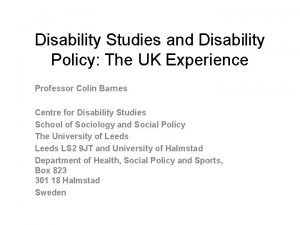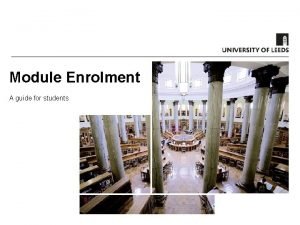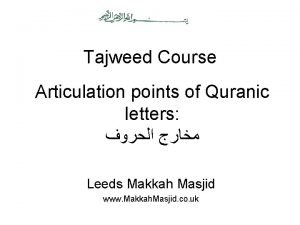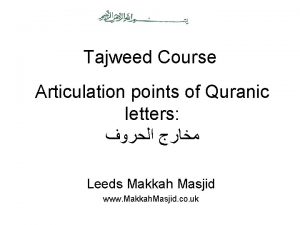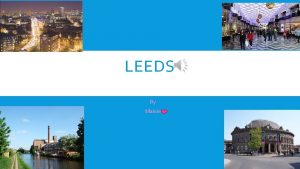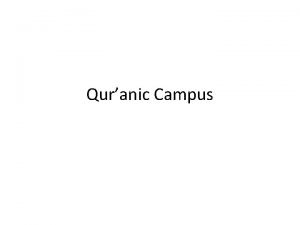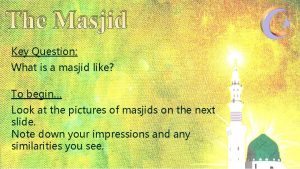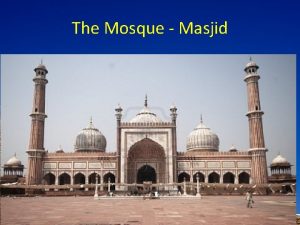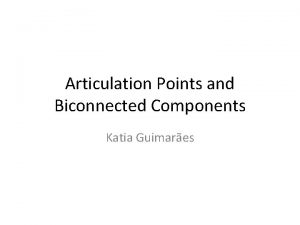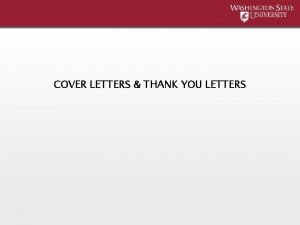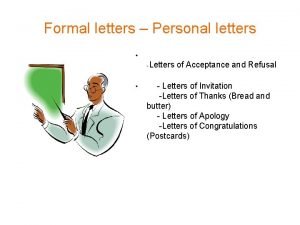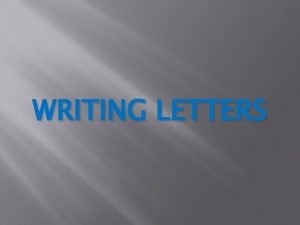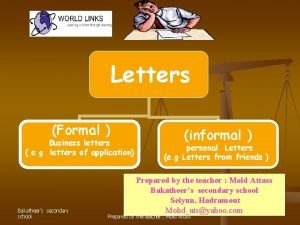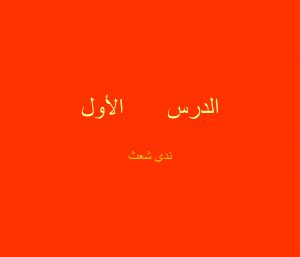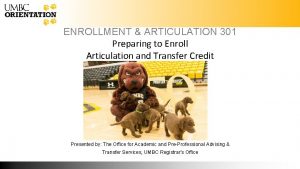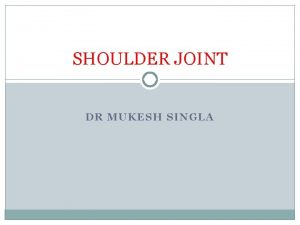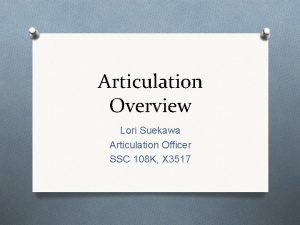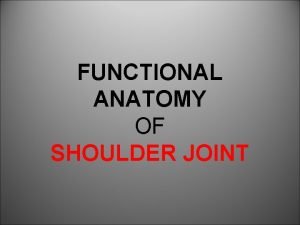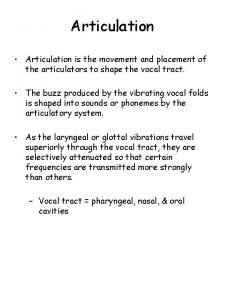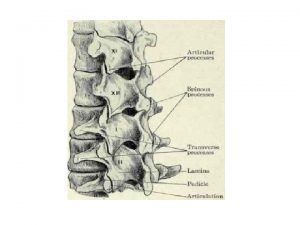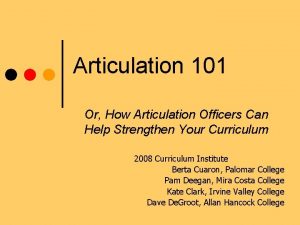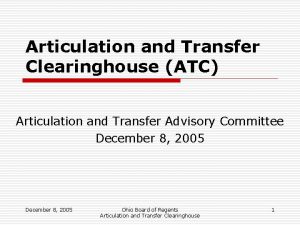Articulation points of Quranic letters Leeds Makkah Masjid





























- Slides: 29

Articulation points of Quranic letters ﻣﺨﺎﺭﺝ ﺍﻟﺤﺮﻭﻑ Leeds Makkah Masjid

Articulation Points ﻣﺨﺎﺭﺝ ﺍﻟﺤﺮﻭﻑ • Articulation point is the place from where a letter is pronounced, making its sound different from the sound of other letters. • Each Quranic letter has different articulation point. • A letter is only a sound that relies on a specific articulation point.

Articulation Points ﻣﺨﺎﺭﺝ ﺍﻟﺤﺮﻭﻑ Quranic Articulation Points • Five major areas of the human body are used to pronounce different letters. • There are 17 different articulation points to pronounce the 28 original letters and the Madd letters.

Articulation areas 1 articulation point The Nose The empty mouth & throat space The Lips 1 articulation point 2 articulation points The Tongue 10 articulation points The Throat 3 articulation points

Articulation Points ﻣﺨﺎﺭﺝ ﺍﻟﺤﺮﻭﻑ 5 Major Articulation Areas • Only the throat, tongue and lips are used to pronounce the actual 28 letters. • The nose and the empty space of mouth & throat is used to produce additional sounds (e. g. the ghunnah sound)

Articulation areas Empty space in the mouth & throat When we need to lengthen a letter (e. g pronounce a Madd letter), we use the empty space of our mouth and throat to produce this sound. No other part of the mouth is used to lengthen a sound. The green area inside the image shows the empty mouth and throat area used to produce the Madd sound

Articulation areas The Throat The throat is broken down into 3 parts 6 letters are pronounced from the throat Closest part ﺃﺪﻧﻰ ﺍﻟﺤﻠﻖ Middle part ﻭﺳﻂ ﺍﻟﺤﻠﻖ Deepest part ﺃﻘﺼﻰ ﺍﻟﺤﻠﻖ

Articulation areas The Throat 6 letters are pronounced from the throat Closest part: ﻍ ﺥ Middle part: ﻉ ﺡ Deepest part: ﺀ ﻩ

Articulation areas The Nose & The Lips

Articulation areas The Nose • The hole in the nose that continues back towards inside the mouth is the place where the Ghunnah [nasal sound] comes from. • No letter is articulated from the nose. Each letter can have different sound characteristics. • Ghunnah is a characteristic, not a letter. • Ghunnah is a characteristic of Mim and Noon letters. • Ghunnah sound is more prevalent when Mim and Noon have a shaddah on them. • It is also noticeable on Noon Ikhfa and Iqlab and on Mim Ikhfa. • If you hold your nose closed you will not be able to produce the Ghunnah sound.

Articulation areas The two lips • The two lips have 2 articulation points to produce 4 letters. • Fa – ﻑ upper front 2 teeth touch the inside [wet part] of the lower lip. • Wow –ﻭ the two lips form a circle without the two lips meeting completely. • Ba –ﺏ by closing the wet parts of the two lips together • Mim –ﻡ by closing the dry parts of the two lips together

Articulation areas The Nose & The Lips

Articulation areas The Tongue

Articulation areas: The Tongue is divided into 5 different areas:

Articulation areas: The Tongue • The roof of the mouth is divided into 2 parts: • The hard palate – the top roof-area, near the teeth • The soft palate – deepest part of the roof, near the throat • The tongue touches the hard or the soft palates to produce different letters

Articulation areas: The Tongue Deepest part of the tongue and the soft palate Letter Qaf – ﻕ Deepest part of the tongue touches the soft palate

Articulation areas: The Tongue Deepest part of the tongue and the soft palate Letter Kaf – ﻙ Deepest part of the tongue (further from the throat) touches the soft palate

Articulation areas: The Tongue Deepest part of the tongue and the soft palate • The articulation points for letter Qaf and letter Kaf are very close together. • They both are produced by touching the deepest part of the tongue to the soft palate. • However, the position of Kaf is little distance away from Qaf. Kaf is produced from the deepest end of the tongue which is closer to mouth and away from throat. [Qaf articulation point is more closer to the throat]

Articulation areas: The Tongue Deepest part of the tongue and the soft palate

Articulation areas: The Tongue Middle part of the tongue and the hard palate Letters Jeem, Sheen and Ya – ﺝ ﺵ ﻱ Middle part of the tongue touches the hard palate, opposite side of the mouth.

Articulation areas: The Tongue The head and the tip of the tongue • The front part of the tongue touches different teeth to emit different letters. • We should also know about these different teeth.

Articulation areas: The Tongue

Articulation areas: The Tongue The side of the tongue Letter Daad – ﺽ ● ● ● The letter ﺽ is produced by touching the left side of the tongue with the left upper teeth. Letter ﺽ is one of the most difficult letter to pronounce. ﺍﻟ ﺍﻳ

Articulation areas: The Tongue The side of the tongue Letter Laam – ﻝ ● By touching the nearest part of the sides of the tongue (nearest to the mouth) and the end of its tip with the upper teeth on the opposite side. ● ﻝ articulation point is the front edges of the tongue, whereas the ﺽ is from the posterior edges of the tongue. ● ﺍ

Articulation areas: The Tongue Letter Noon – ﻥ ● Tip of the tongue touching the gums/roots of the two top front teeth. ● ﺍﻟ ﺍ ﺍ ﺍ

Articulation areas: The Tongue Letter Ra – ﺭ ● Tip of the tongue touching the hard palate, near the gums of the front two teeth. ● ﺍﺍﻳ ﻥ

Articulation areas: The Tongue ﻁ ﺩ ﺕ ● Top of the tongue (head of the tongue) touches the gum line [root] of the top two teeth. ● ﺍﺍ ﺍﻟﻳ

Articulation areas: The Tongue ﻅ ﺫ ﺙ ● Tip of the tongue touches the edges of the top two teeth. ● ● ● آﺍﻡ

Articulation areas: The Tongue ● ● ● ﺹ ﺱ ﺯ The edges of the top and lower front teeth close together and the tip of the tongue comes near them. In other words, tip of the tongue just misses the edges of the top and lower front teeth. For all three of these letters, a whistle sound is produced. ﺍ ● ﺯ ●
 Quran root words
Quran root words Sky grass and root letters
Sky grass and root letters Kesan negatif amalan sistem kabilah
Kesan negatif amalan sistem kabilah Peta konsep hijrah nabi muhammad ke madinah
Peta konsep hijrah nabi muhammad ke madinah Surah revealed in makkah
Surah revealed in makkah Makkah
Makkah Fateh makkah
Fateh makkah Biconnected components and articulation points
Biconnected components and articulation points Surah masjid al aqsa
Surah masjid al aqsa Sekretariat masjid istiqlal
Sekretariat masjid istiqlal Police academy nes
Police academy nes Provincial style architecture
Provincial style architecture Program kerja bidang dakwah
Program kerja bidang dakwah Fateem masjid dera
Fateem masjid dera Masjid
Masjid Faizan e madina prayer times peterborough
Faizan e madina prayer times peterborough Code.org minecraft hero's journey
Code.org minecraft hero's journey Anggaran panitia qurban
Anggaran panitia qurban Baitul hameed mosque
Baitul hameed mosque Maksud kariah masjid
Maksud kariah masjid Ajaran darul iman
Ajaran darul iman Point of difference and point of parity
Point of difference and point of parity Points of parity and points of difference
Points of parity and points of difference Parklands leeds
Parklands leeds Samantha pugh leeds
Samantha pugh leeds University of leeds intercalation
University of leeds intercalation Symplectic leeds beckett
Symplectic leeds beckett Leeds disability studies
Leeds disability studies Module enrolment
Module enrolment Apprenticeships leeds city college
Apprenticeships leeds city college
